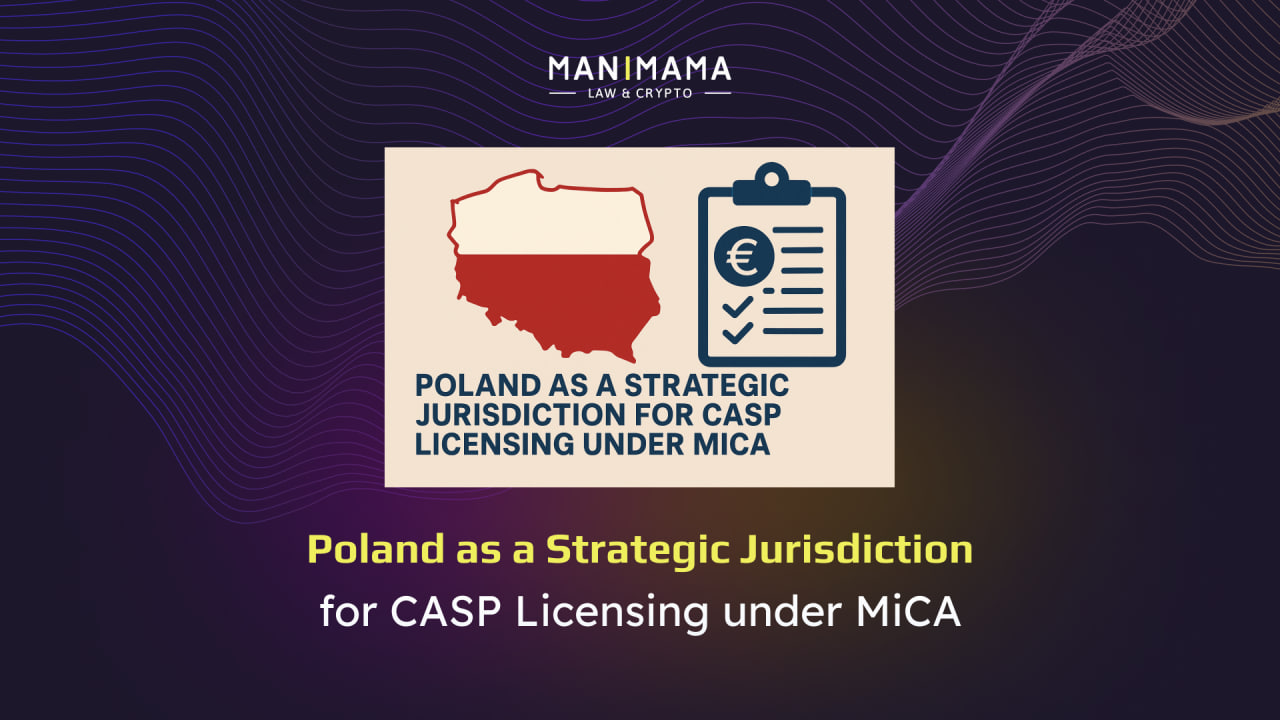Volatile world of cryptocurrencies has attracted the attention of traders of all levels and individuals alike. The opportunity to profit from price fluctuations has become enticing for many. And, of course, centralized exchanges (CEX) serve as the primary platform for this trading activity.
We have already described manual trading tools in one of our materials. Today, we will explore options for algorithmic systems and software bots.
Specifically, we’ll discuss two types:
- DCA (Dollar Cost Averaging) – an investment strategy in which a trader regularly invests the same amount in an asset at different stages of its price cycle, in case the price moves in the opposite direction from what is expected. The main idea is to average the overall purchase price and achieve a profit threshold or break-even point.
- Grid strategy – involves placing orders to buy and sell assets at different price levels, forming a “grid” of orders with specified parameters for entry amount and expected profit.
The key difference between these approaches lies in the fact that in the DCA format, the entire investment amount is accumulated for a single take-profit order that triggers for the entire position simultaneously. Thus, in the case of a trending market movement and significant changes, the DCA strategy proves advantageous because the average entry price will be generally lower due to the strategy’s characteristics. In a market correction period, even a slight movement in the price is sufficient for the take-profit order to trigger and close the entire position simultaneously.
On the other hand, the “grid strategy” places buy orders and take-profits for each position separately. As a result, during a trending market movement and sharp changes in price, a trader may accumulate a large number of independent sell orders. This strategy is more profitable, especially in a sideways market without significant one-sided price changes.
To optimize the operation of DCA or Grid bots, traders often apply auxiliary tools such as martingale – increasing the amount depending on the step of each purchase, which allows for further averaging of the entry price. Additionally, the incorporation of technical analysis tools such as Simple Moving Average (SMA) or Exponential Moving Average (EMA), as well as tools for tracking potential sideways trends, is popular. All these elements help in selecting the best strategy at any given time. An enhanced DCA with additional entry point parameters is what we utilize in the strategies of our trading product Burvix Traders.
It’s also worth mentioning the HODL strategy here. It involves purchasing and holding assets regardless of market fluctuations. The idea behind the strategy is the belief that, despite temporary price fluctuations, the value of the asset will increase in the long term. It’s not related to automated bots but rather pertains to the philosophy and psychology of the trader and can be beneficial depending on the market situation.
Another subtype of bots used in trading are arbitrage bots. Their operation involves identifying price differences for the same asset on different markets or exchanges. An automated program automatically detects these differences and places orders accordingly, thus profiting from the price differentials.
The primary requirement for bots is to identify arbitrage opportunities and execute orders quickly, as volatility can significantly impact prices, potentially resulting in overall losses. Another important requirement is for the bot to analyze market liquidity at the moment to ensure that the arbitrage situation occurs precisely at the specified prices and avoids slippage. Additionally, the bot must carefully monitor and analyze the level of fees on exchanges, as they can also affect the profitability of the arbitrage situation.
Another type of bots worth mentioning are market maker bots, which aim to create what’s called order book depth and liquidity on exchanges. Typically, exchanges hire companies (institutional clients) capable of maintaining the infrastructure and ensuring the liquidity of such bots. Additionally, exchanges often create additional conditions for market maker bots to encourage their presence on their markets and share the commission received from the markets with them.
These bots profit from the minimal spread – the price difference between bid and ask orders. Often, arbitrage elements are applied; the bots compare prices on other exchanges and place their own orders based on this analysis. Risks lie in market volatility and sudden price changes. Moreover, such bots may face a shortage of live traders on illiquid markets.
In conclusion
These are just the tip of the iceberg in terms of the types of bots used on centralized exchanges. In decentralized environments, an entirely separate type of bots called MEV (Maximum Extractable Value) bots exists. They allow traders to benefit from manipulating order queues in the blockchain. They deserve a separate mention and additional material, which will be the subject of one of the upcoming articles.











